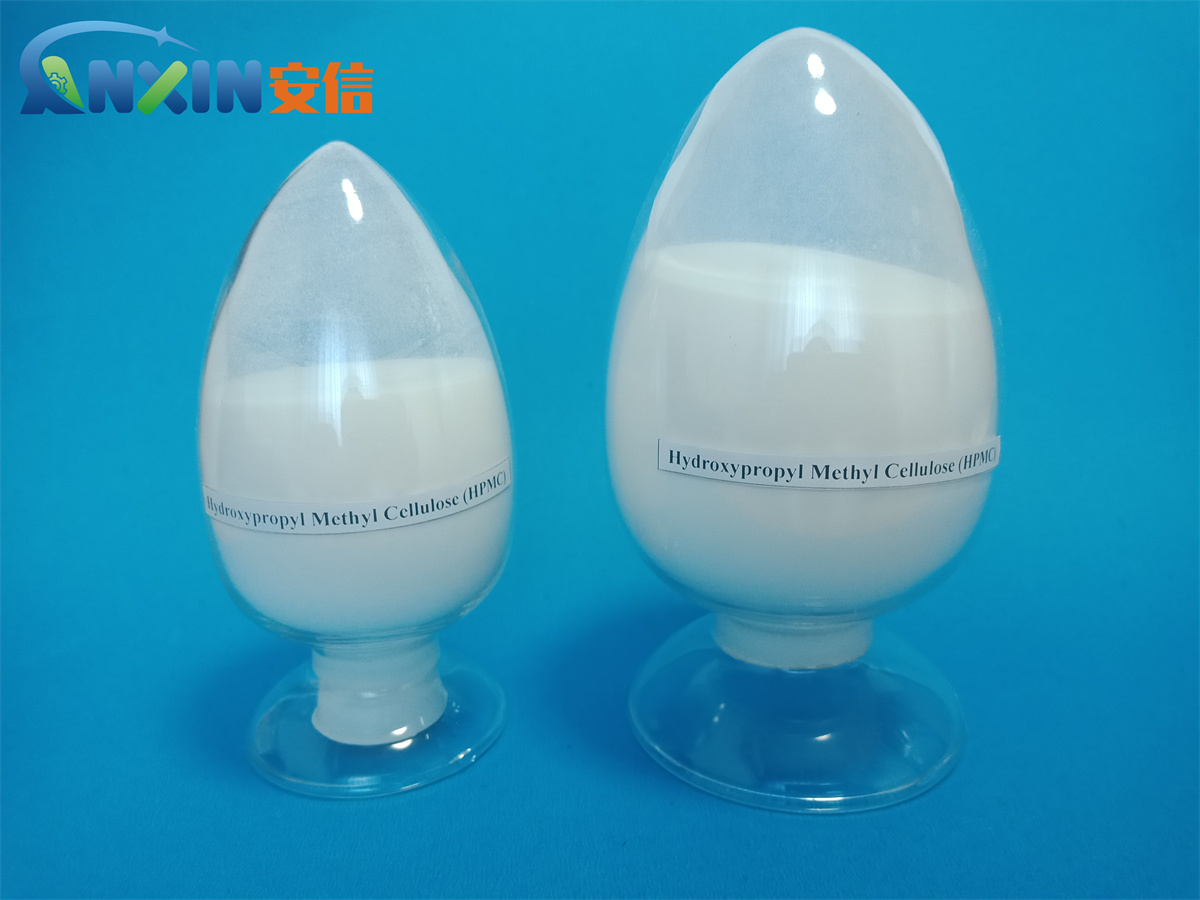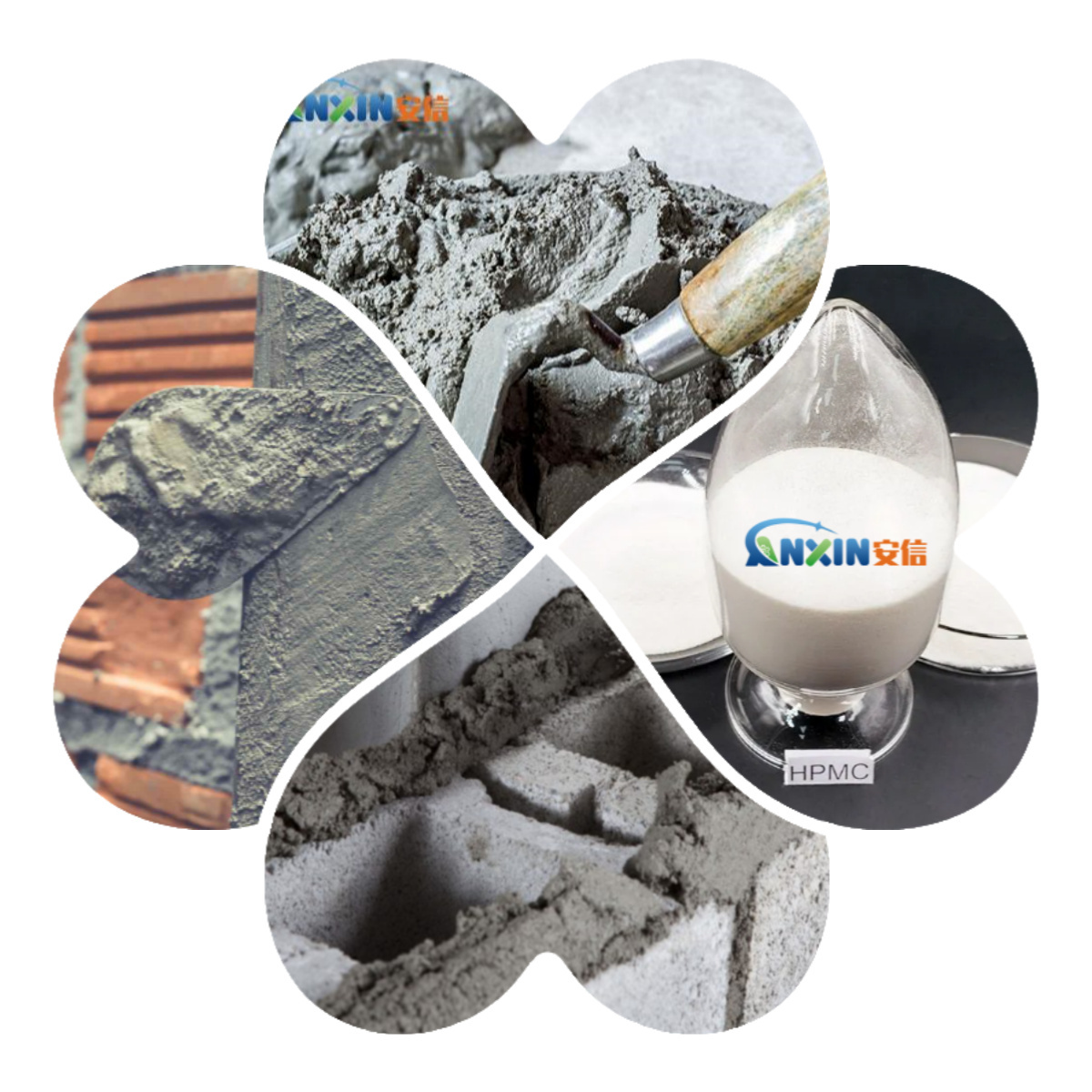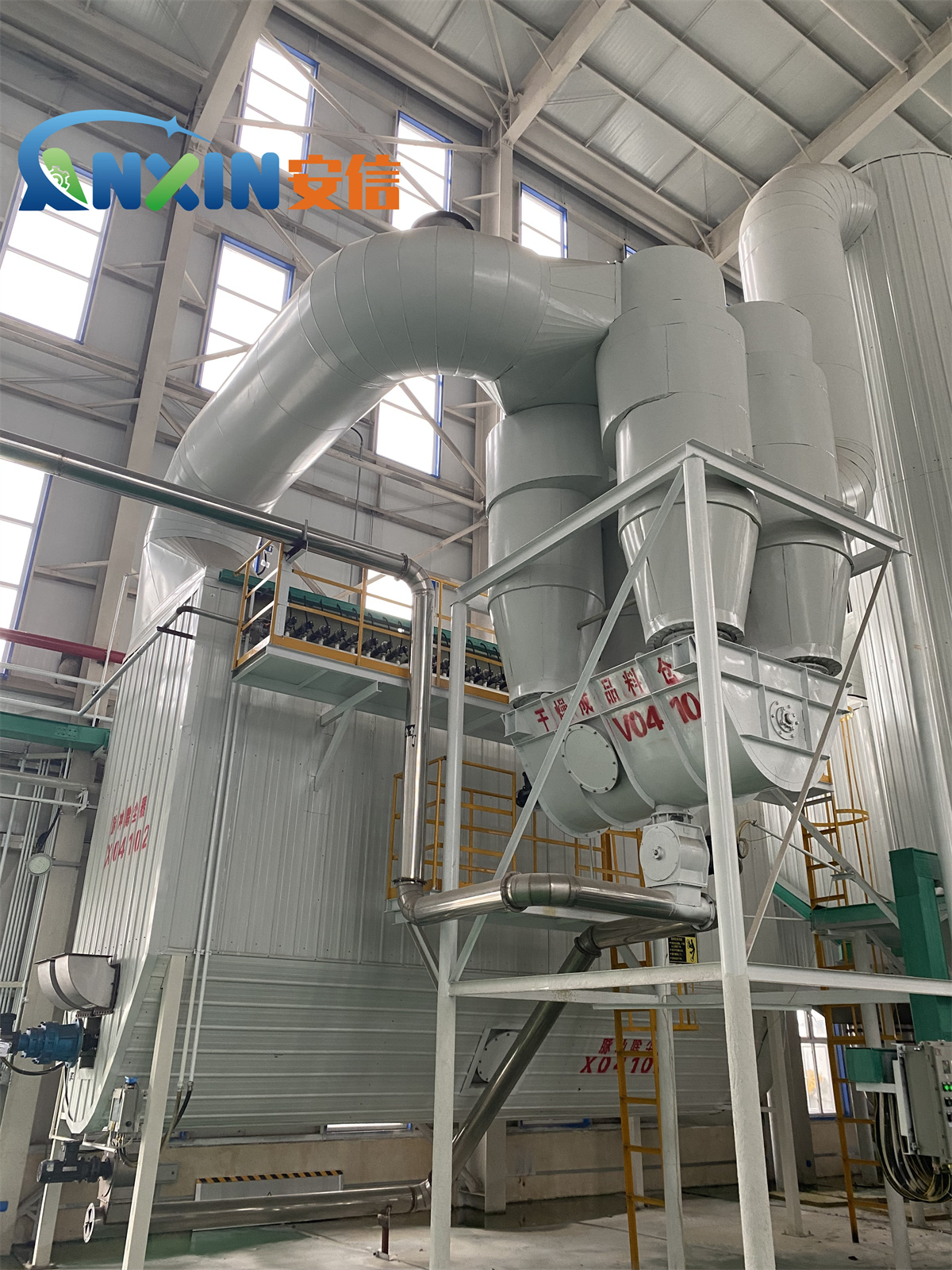Hydroxypropyl methylcellulose (HPMC) is an important polymer compound widely used in the field of building materials, especially in cement mortar. It improves the anti-dispersion property of cement mortar with its excellent performance, thereby significantly improving the construction performance and durability of mortar.

1. Basic properties of hydroxypropyl methylcellulose
HPMC is a non-ionic cellulose ether obtained by chemically modifying natural cellulose. It has good water solubility, water retention and adhesion, and exhibits high chemical stability and biocompatibility. In cement-based materials, AnxinCel®HPMC mainly improves the performance of materials by regulating hydration reaction and viscosity behavior.
2. Mechanism of improving the anti-dispersion property of cement mortar
Anti-dispersion property refers to the ability of cement mortar to maintain its integrity under water scouring or vibration conditions. After adding HPMC, its mechanism of improving anti-dispersion mainly includes the following aspects:
2.1. Enhanced water retention
HPMC molecules can form a hydration film on the surface of cement particles, which effectively reduces the evaporation rate of water and improves the water retention capacity of mortar. Good water retention not only reduces the risk of water loss and cracking of mortar, but also reduces the dispersion of particles caused by water loss, thereby enhancing anti-dispersion.
2.2. Increase viscosity
One of the main functions of HPMC is to significantly increase the viscosity of mortar. High viscosity allows solid particles in mortar to be more tightly combined, making it more difficult to disperse when subjected to external force. The viscosity of HPMC changes with changes in concentration and temperature, and a reasonable selection of the addition amount can achieve the best effect.
2.3. Improved thixotropy
HPMC gives mortar good thixotropy, that is, it has high viscosity in a static state, and the viscosity decreases when subjected to shear force. Such characteristics make the mortar easy to spread during construction, but it can quickly restore viscosity in a static state to prevent dispersion and flow.
2.4. Optimize interface performance
HPMC is evenly distributed in the mortar, which can form a bridge between particles and improve the bonding force between particles. In addition, the surface activity of HPMC can also reduce the surface tension between cement particles, thereby further enhancing the anti-dispersion performance.

3. Application effects and advantages
In actual projects, cement mortar mixed with HPMC shows a significant improvement in anti-dispersion performance. The following are some typical advantages:
Improve construction efficiency: Mortar with strong anti-dispersion performance is easier to control during construction and is not prone to separation or bleeding.
Improve surface quality: The adhesion of mortar on the base is enhanced, and the surface after plastering or paving is smoother.
Enhance durability: Reduce the loss of water inside the mortar, reduce the increase in voids caused by dispersion, and thus improve the density and durability of the mortar.
4. Influencing factors and optimization strategies
The effect of HPMC addition is closely related to its dosage, molecular weight and environmental conditions. The addition of an appropriate amount of HPMC can improve the performance of the mortar, but excessive addition may lead to excessive viscosity and affect construction performance. Optimization strategies include:
Selecting HPMC with appropriate molecular weight and degree of substitution: HPMC with higher molecular weight provides higher viscosity, but performance and operability need to be balanced according to specific applications.
Precisely control the amount of addition: HPMC is usually added in an amount of 0.1%-0.5% of the weight of cement, which needs to be adjusted according to actual needs.

Pay attention to the construction environment: Temperature and humidity have a significant impact on the performance of HPMC, and the formula should be adjusted under different conditions to achieve the best results.
The application of hydroxypropyl methylcellulose in cement mortar effectively improves the material’s anti-dispersion, thereby improving the construction performance and long-term durability of the mortar. By in-depth research on the mechanism of action of AnxinCel®HPMC and optimizing the addition process, its performance advantages can be further exerted to provide higher quality solutions for construction projects.
Post time: Jan-17-2025